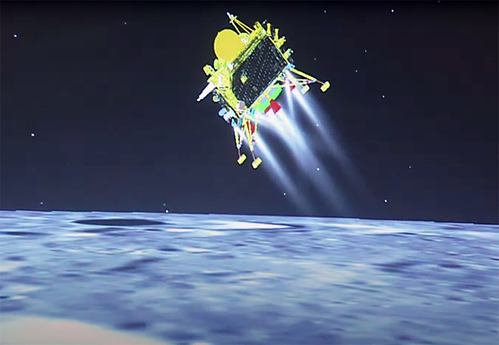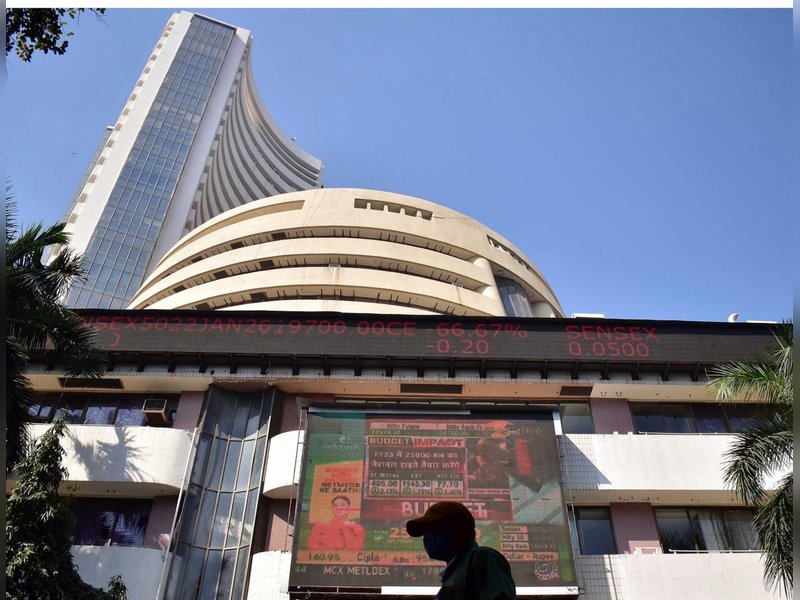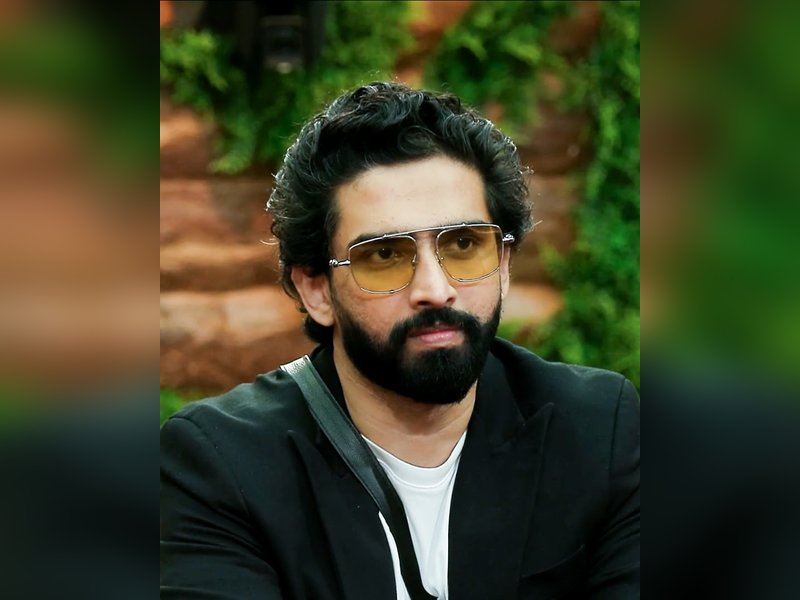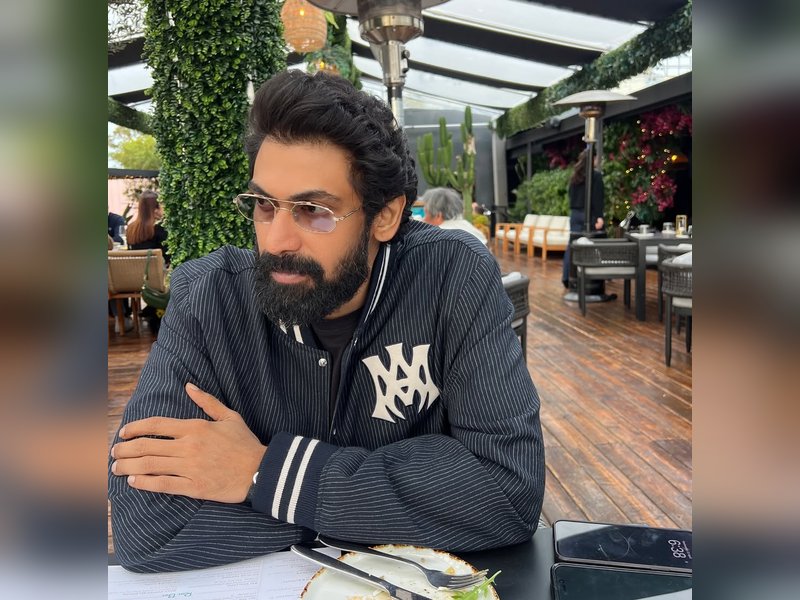New Delhi, Aug 27 (IANS) With Chandrayaan-3 scripting history by becoming the first to land on the South Pole of the Moon, the Indian space sector has made a successful mark globally, experts have said.
The Indian Space Research Organisation's (ISRO) Chandrayaan-3 spacecraft consisted of a propulsion module (weighing 2,148 kg), a lander named Vikram (1,723.89 kg) and a rover named Pragyan (26 kg). It landed near the South Pole of the Moon on August 23 after travelling about 3.84 lakh km for over 40 days.
“From the international perspective, India is viewed as a space giant nation due to its tremendous progress in recent times. Indeed, India is an emerging space power as ISRO successfully marks its footprints globally because of its capability in achieving goals in a cost-effective and time-efficient manner,” Prof Santabrata Das, Department of Physics, IIT Guwahati, told IANS.
"In particular, ISRO has gained trust among the developing countries who continuously seek assistance in building up their capabilities in space technology," he added
Earlier in August, the Union Minister for Science and Technology Dr. Jitendra Singh told Parliament that India is fifth among spacefaring nations having end-to-end capabilities in space research and development.
Amit Kumar, a faculty at Department of Aerospace Engineering, IIT Madras, said that space research in India has evolved -- from being primarily focussed on the needs or development of the country, it is now “more serious” and the country is “working at par with whatever is happening around the world”.
“I think there are many areas where India is working on a par with whatever is happening in space”, he said referring to manned missions by space agencies of China, US and others, and making things in space. We also see these kinds of activities happening in India,” added Kumar, who is also the co-principal investigator of extra-terrestrial manufacturing research group at IIT Madras.
With the success of Chandrayaan-3, India has also become the fourth nation to make a soft landing on the Moon after the erstwhile Soviet Union, the US and China.
The soft landing has been a tricky issue as it involves a series of complex manoeuvres consisting of rough and fine braking.
Recently, Russia had aimed to land on the Moon, after 47 years, with its Luna 25 mission.
However, on August 20, the country's space agency Roscosmos announced on Telegram that Luna 25 crashed while entering a pre-landing orbit on the lunar surface.
In April, a software glitch prevented Japanese lunar exploration company ispace’s Moon lander from making its historic touchdown on the lunar surface.
Earlier in 2019, two attempted lunar landings, by India’s Chandrayaan-2 and Israeli nonprofit SpaceIL's Beresheet had crashed. In those landing attempts, the trajectory and speed data went awry before the signals were lost.
“Chandrayaan-3 is an excellent technical demonstration where we have achieved what a very limited number of countries around the world have been able to achieve,” astrophysicist Prof. Varun Bhalerao at IIT Bombay, told IANS.
“And this makes it extremely clear that we are among the top who actually are able to take up very ambitious, very difficult missions in space. And we are also able to do it for a low cost. And that is always going to be an important factor as more and more private enterprises from around the world enter into the space industry,” he said.
Dr Subba Rao Pavuluri, Founder and CMD of Ananth Technologies (ATL) India, also hailed the low-cost “frugal engineering technology”, with which the cutting-edge lunar mission was aced with minimal resources.
The firm, which has been a long standing partner of ISRO in launch vehicles and satellites, has contributed to the launch vehicle (LVM3) for Chandrayaan-3.
“India's operational research has been excellent, and the proof of that is the way that we made the landing on the Moon.
“The Americans are spending a lot of money to go to the Moon. We spent very little on the Chandrayaan-3 mission. But, when space tourism becomes a reality, it is going to be the Indian technology that will dominate the world,” said Pavuluri, who's also the President of SIA-India, a space industry association.
(Rachel V Thomas can be contacted at rachel.t@ians.in)
--IANS
rvt/ksk













